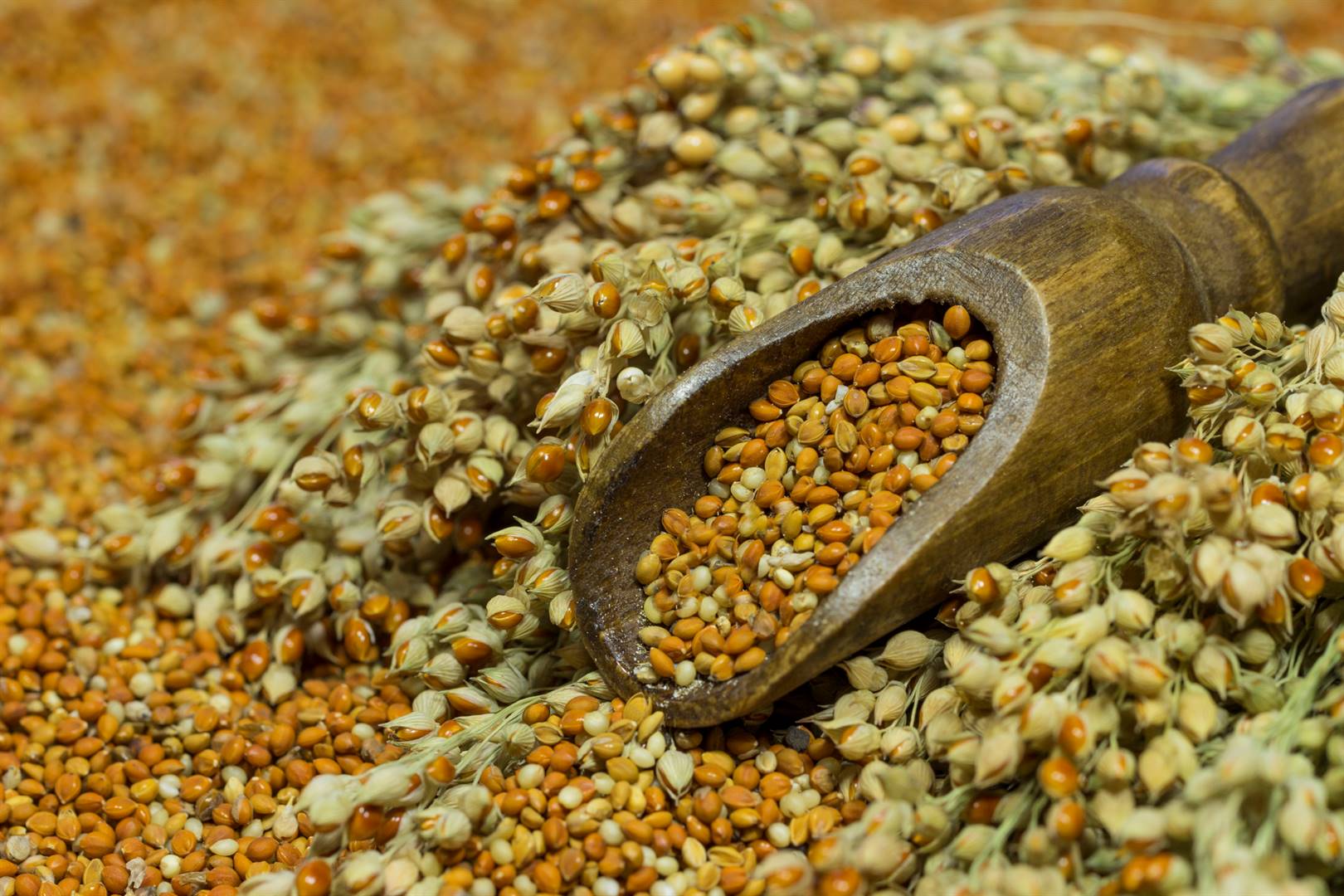
BUSINESS
For almost 8 000 years, millet has been nourishing the world without getting much attention. But, recently, the nutrient-rich grain had its moment in the international spotlight.
At the White House state dinner for Indian Prime Minister Narendra Modi in June, millet was served in a first-course salad with grilled mealie.
This ancient supergrain, once a staple of diets in India and South Africa, actually comprises small seeds that come from grasses that include pearl millet, the most common variety, as well as fonio and teff. (The category is referred to in India by its plural, millets, and as a singular elsewhere).
It can be served simply, as a porridge-style dish, or mixed into salads, soups and stews.
A global PR push has brought millet a lot more attention this year. The UN’s Food and Agriculture Organisation (FAO) named 2023 the International Year of Millets, leading to the ingredient showing up everywhere, from restaurants in Indian hotels to India’s parliamentary canteen. Modi has been vigorously promoting the grain at home and abroad.
READ: Who invented jollof rice? Senegal beats Ghana and Nigeria to the title
As Indian fine dining gains global recognition, millet is showing up on more top restaurant menus. In Dubai, chef Rahul Rana uses millet on his menu at Avatara, which won a Michelin star this year. He says millet is proving an important ingredient at the vegetarian restaurant and he plans to incorporate it into additional dishes on the next iteration of the 16-course degustation menu.
"It is one of the most beautiful ingredients to cook with in the kitchen," he says, describing millet as having subtle, nutty flavours. It’s also gluten-free, an important bonus feature when restaurants are increasingly expected to offer choices for varied dietary restrictions.
Once called the “poor man’s cereal”, millet fell out of favour after radical changes in agriculture around the world in the 1960s prompted increases in wheat and rice production.
They’ve been staging a slow return. Large breweries such as India-based Great State Ale Works and Canada-based Glutenberg are using modern techniques to brew millet beer.
Consumer goods companies are betting on increasing demand with innovative, millet-based snacks. Large companies including Nestlé SA, Britannia Industries, Tata Consumer Products and Slurrp Farm are creating millet-based products such as cereals, biscuits and pancake mixes to help make the grains more available to a mainstream audience.
“Millets sit at the sweet spot of the intersection between sustainability, health and going back to our roots,” says Prashant Parameswaran, the managing director at Tata Consumer Soulfull, which makes millet-based products for children and adults.
For the most part, though, global investment in millet has been stagnant, says Makiko Taguchi, agricultural officer at the FAO. “We hope that it will start increasing slowly overall. However, it won’t be a drastic increase,” she says.
Advocates who focus on hunger and climate change are hoping interest in millet will rise. As a drought-resistant grain, it’s an excellent climate-conscious crop when extreme weather is wreaking havoc on harvests in India’s agrarian economy. The weather effects have been so severe that the government is considering banning the export of many rice varieties to keep domestic prices down.
A better choice than many starches, the high-protein, iron-loaded millet can help prevent ulcers, obesity and cardiovascular disease, leading some to say millet needs to regain its status as a staple.
“At least one meal a day should be with the millets,” says Avula Laxmaiah, the national secretary of the Nutrition Society of India.
Millet is hardy and can withstand temperatures of up to 50ºC. One kilogram of rice requires 4 000 litres of water, while one kilogram of millet needs only 400 litres.
READ: Mondli Makhanya | Grain corridor decision is middle finger to African leaders
A boost for millet would be a boon to India, one of the largest exporters of cereals. The country is poised to become the global hub for millet, with production of more than 17 million tons annually –about 80% of Asia’s production.
Still, there are challenges in getting millet on to plates. The supergrain now costs almost double the price of wheat-based products, thanks to government subsidies for competing crops.
Parameswaran says that, as more players enter the market, and millet-based products become widely available, costs are likely to even out.
He says:
– Bloomberg




 Publications
Publications
 Partners
Partners









